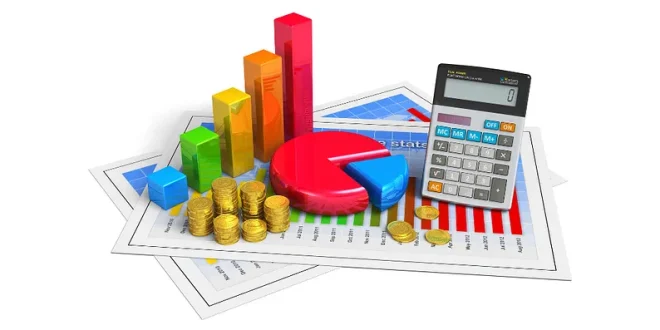Effective budgeting isn’t just about numbers — it’s about clarity, control, and confidence. Whether you’re trying to save for a dream vacation, clear your debts, or just stop living paycheck to paycheck, adopting the right budgeting method can transform your financial future. Here’s a look at five popular budgeting methods that can simplify your financial planning journey.
🟢 1. The 50/30/20 Rule
Ideal for: Beginners who want a quick-start plan.
✅ How It Works:
- 50% of your income goes to Needs (housing, groceries, utilities).
- 30% goes to Wants (entertainment, dining out, subscriptions).
- 20% goes to Savings or Debt Repayment.
🎯 Why It’s Great: It’s simple and flexible — perfect if you want a clear guide without micromanaging every dollar.
🟡 2. Zero-Based Budgeting
Ideal for: People who like detailed control over every expense.
✅ How It Works:
- Assign every dollar of your income a specific purpose — until your income minus expenses equals zero.
- You plan in advance how each dollar will be used.
📌 Example:
If your monthly income is $50,000, you assign all of that across categories like rent, food, transport, emergency savings, etc.
🎯 Why It’s Great: You gain complete awareness and control over your spending.
🔵 3. Envelope System (Cash-Based Budgeting)
Ideal for: People who overspend and prefer cash-based discipline.
✅ How It Works:
- You divide cash into envelopes labeled with budget categories (like food, fuel, fun).
- Once an envelope is empty, you stop spending in that category for the month.
🎯 Why It’s Great: Helps in controlling impulsive spending. It’s a tactile method that builds spending awareness.
🔴 4. Pay Yourself First
Ideal for: Those prioritizing savings and long-term wealth.
✅ How It Works:
- Before spending on anything else, you first set aside a fixed portion of income for savings or investment.
- Then you live on the remaining amount.
🎯 Why It’s Great: Ensures you build wealth consistently. Good for future-minded individuals.
🟣 5. The Priority-Based Budget
Ideal for: People with variable incomes or changing priorities.
✅ How It Works:
- You fund top-priority expenses first, like rent, savings, or debt repayment.
- Lower-priority categories are funded only if money is left.
🎯 Why It’s Great: Offers flexibility and helps focus on what matters most each month.
📊 Comparison at a Glance:
| Method | Control Level | Savings Focus | Best For |
|---|---|---|---|
| 50/30/20 Rule | Medium | Moderate | Beginners |
| Zero-Based Budgeting | High | High | Detail-oriented planners |
| Envelope System | High (Cash) | Moderate | Impulse spenders |
| Pay Yourself First | Low | Very High | Savings-focused people |
| Priority-Based | Medium | Customizable | Freelancers or irregular earners |
📌 Tips to Make Any Budgeting Method Work:
- Use budgeting apps like YNAB, Goodbudget, or Mint.
- Review your budget monthly to adjust as life changes.
- Build a small emergency fund for unexpected costs.
- Track spending habits weekly for better insight.
🧠 Final Thoughts:
There’s no one-size-fits-all budgeting method — your choice should depend on your goals, income style, and personality. Whether you want to simplify spending or maximize saving, using a method that fits your life will make financial planning not only easier but sustainable.
Start small. Stay consistent. Your financial freedom is built one budget at a time.
 TheFinanceLift Lift Your Finances, One Step at a Time
TheFinanceLift Lift Your Finances, One Step at a Time

